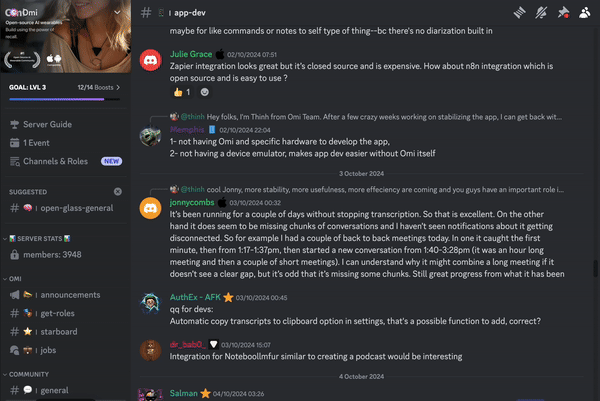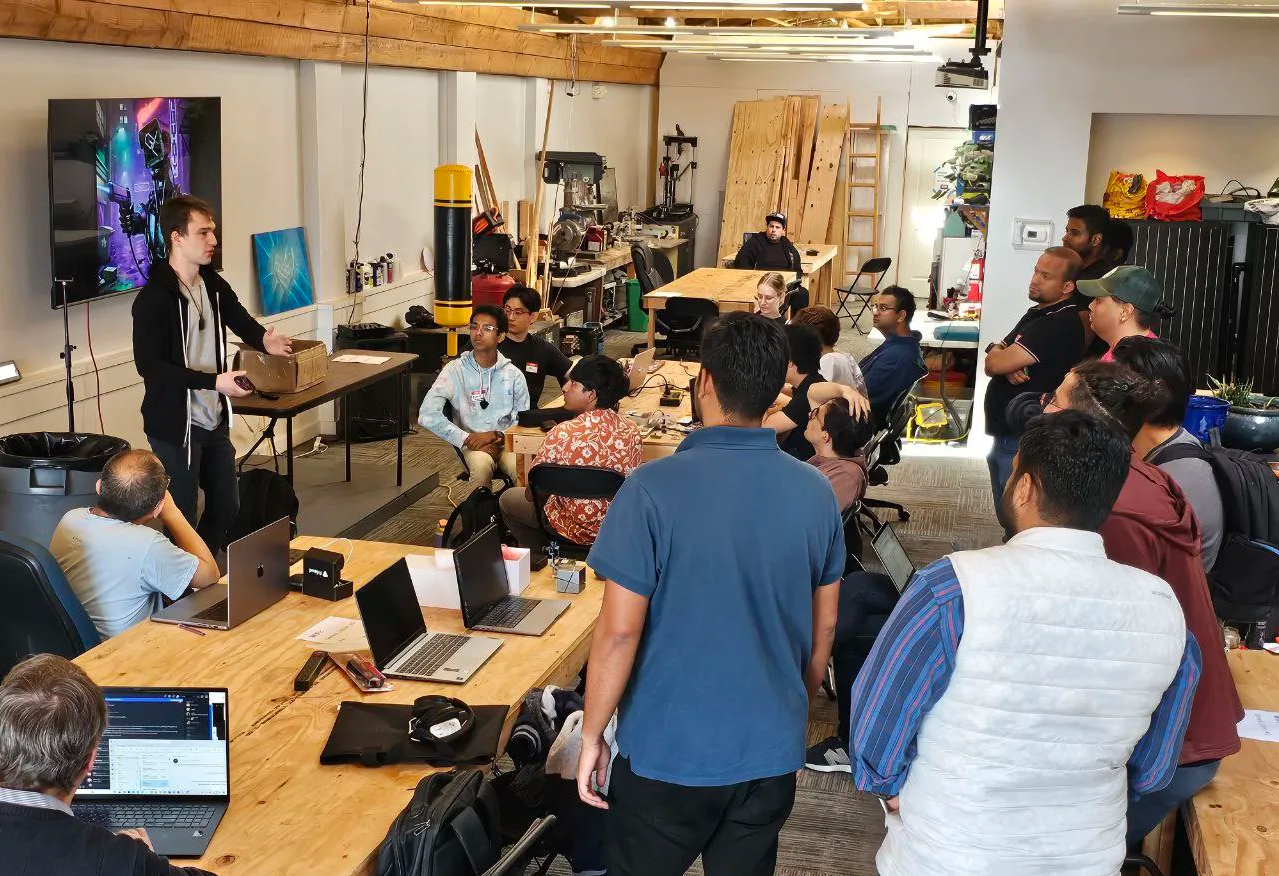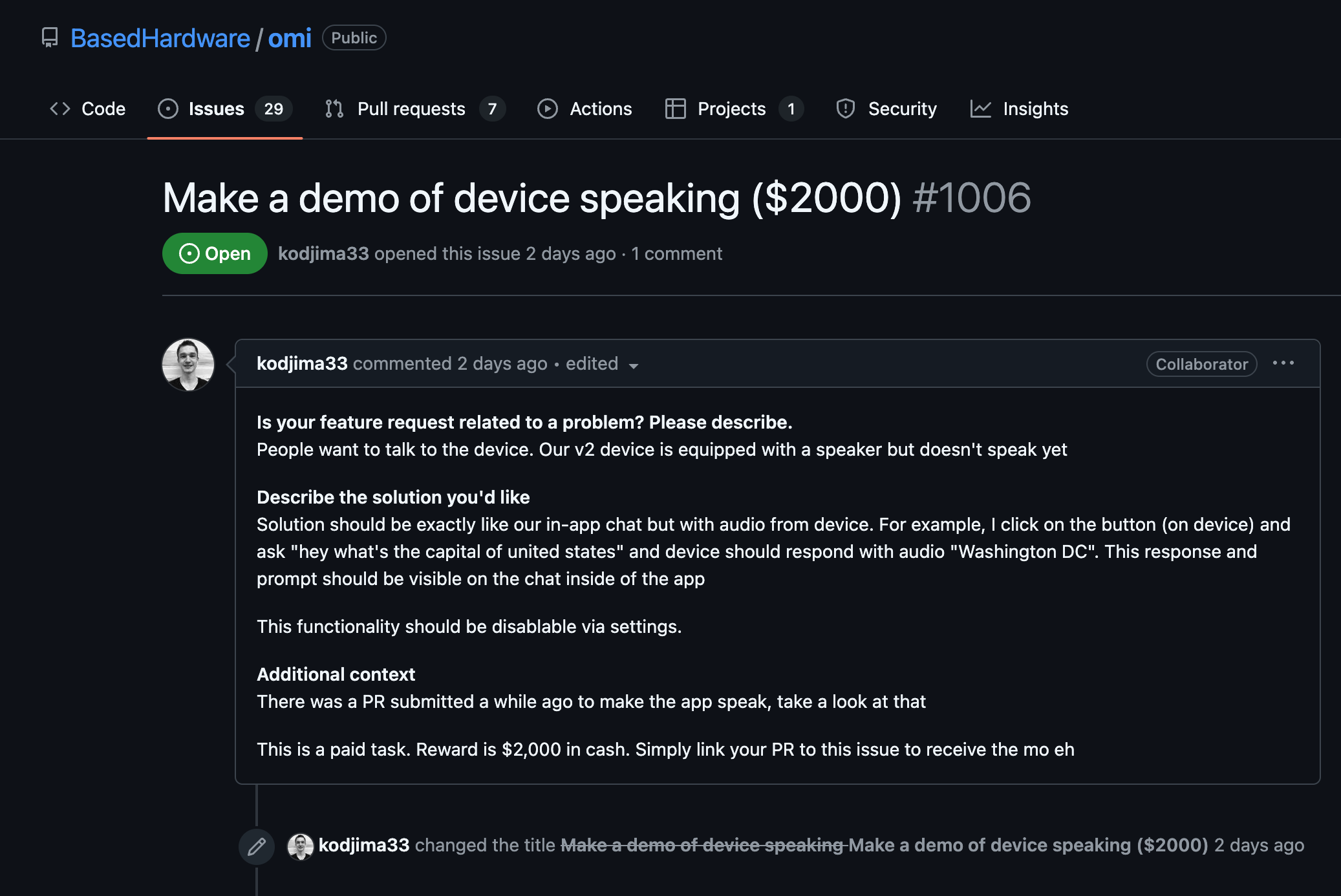Install the Facebook Business SDK
- Download the Facebook Business SDK from the official [GitHub repository](https://github.com/facebook/facebook-java-business-sdk). You can clone this repository.\`
- Add the SDK to your project's classpath. If you are using Maven, add the following dependency to your `pom.xml` file:
<dependency>
<groupId>com.facebook.business.sdk</groupId>
<artifactId>facebook-java-business-sdk</artifactId>
<version>13.0.0</version> <!-- Check for the latest version on Maven Central -->
</dependency>
Authentication and Configuration
- Acquire an access token with the necessary permissions to manage your business assets. This is typically a system user access token or a relevant page access token.
- Configure the Facebook SDK with your access token and default graph version. You may store this information in a configuration file or environment variables.
import com.facebook.ads.sdk.APIContext;
public class FacebookBusinessManager {
private static final String ACCESS_TOKEN = "your-access-token";
private static final String APP_SECRET = "your-app-secret"; // Optional, can be used for enhanced security
private static final String GRAPH_VERSION = "v13.0";
private static APIContext context = new APIContext(ACCESS_TOKEN, APP_SECRET).enableDebug(true);
public static APIContext getContext() {
return context;
}
}
Manage Business Assets
- To manage business assets like ad accounts, campaigns, or users, you need to interact with the objects provided by the SDK. Ensure you have the correct permissions for each action you intend to perform.
- Here is an example of listing your ad accounts and fetching their details:
import com.facebook.ads.sdk.*;
public class ManageBusinessAssets {
public static void listAdAccounts() {
try {
Business business = new Business("your-business-id", FacebookBusinessManager.getContext());
APINodeList<AdAccount> adAccounts = business.getOwnedAdAccounts().requestAllFields().execute();
for (AdAccount adAccount : adAccounts) {
System.out.println("Ad Account ID: " + adAccount.getFieldId());
System.out.println("Ad Account Name: " + adAccount.getFieldName());
}
} catch (APIException e) {
e.printStackTrace();
}
}
public static void main(String[] args) {
listAdAccounts();
}
}
Error Handling and Debugging
- Implement comprehensive error handling to capture exceptions and errors returned by the Facebook Graph API. Use the debugging tools provided by the SDK to identify and resolve issues.
- For more detailed logging, ensure that you enable debugging in your API context, as shown in the authentication setup. This will provide insights into the HTTP requests and responses.
APIContext context = new APIContext(ACCESS_TOKEN, APP_SECRET).enableDebug(true).enableLogger(true);
Further Optimization and Best Practices
- To optimize performance, make use of batch requests supported by the SDK to reduce the number of HTTP requests when performing operations on multiple assets.
- Stay updated with changes to the Facebook Graph API and SDK by following the official [developer changelog](https://developers.facebook.com/docs/apps/changelog).
























